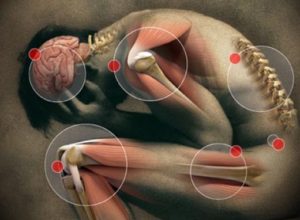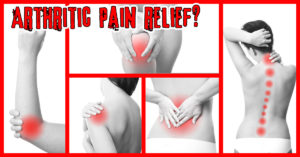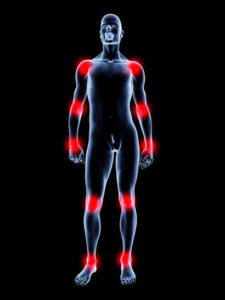Joint Pain
 Joint Pain (Osteoarthrities,rheumatoid,arthritis,bursitis,gout)
Joint Pain (Osteoarthrities,rheumatoid,arthritis,bursitis,gout)
Joints form the connections between bones. They provide support and help you move. Any damage to the joints from disease or injury can interfere with your movement and cause a lot of pain.
Many different conditions can lead to painful joints, including osteoarthritis, rheumatoid arthritis, bursitis, gout, strains, sprains, and other injuries. Joint pain is extremely common.
 In one national survey, about one-third of adults reported having joint pain within the past 30 days. Knee pain was the most common complaint, followed by shoulder and hip pain, but joint pain can affect any part of your body, from your ankles and feet to your shoulders and hands. As you get older, painful joints become increasingly more common.
In one national survey, about one-third of adults reported having joint pain within the past 30 days. Knee pain was the most common complaint, followed by shoulder and hip pain, but joint pain can affect any part of your body, from your ankles and feet to your shoulders and hands. As you get older, painful joints become increasingly more common.

Pain is also a feature of joint inflammation (arthritis, Joints form the connections between bones. They provide support and help you move. Any damage to the joints from disease or injury can interfere with your movement and cause a lot of pain. such as rheumatoid arthritis and osteoarthritis) and infection, and extremely rarely it can be a cause of cancer of the joint. Pain within the joint is a common cause of shoulder pain, ankle pain, and knee pain. Joint pain is also referred to as arthralgia.
 Joint pain can be caused by injury affecting any of the ligaments, bursae, or tendons surrounding the joint. Injury can also affect the ligaments, cartilage, and bones within the joint. Pain is also a feature of joint inflammation(arthritis, such as rheumatoid arthritis and osteoarthritis) and infection, and extremely rarely it can be a cause of cancer of the joint. Pain within the joint is a common cause of shoulder pain, ankle pain, and knee pain. Joint pain is also referred to as arthralgia. The sexually transmitted diseases (STDs)chlamydia and gonorrhea can lead to joint pain.
Joint pain can be caused by injury affecting any of the ligaments, bursae, or tendons surrounding the joint. Injury can also affect the ligaments, cartilage, and bones within the joint. Pain is also a feature of joint inflammation(arthritis, such as rheumatoid arthritis and osteoarthritis) and infection, and extremely rarely it can be a cause of cancer of the joint. Pain within the joint is a common cause of shoulder pain, ankle pain, and knee pain. Joint pain is also referred to as arthralgia. The sexually transmitted diseases (STDs)chlamydia and gonorrhea can lead to joint pain.
 Symptoms and signs associated with joint pain can include
Symptoms and signs associated with joint pain can include
- joint redness,
- joint swelling,
- joint tenderness,
- joint warmth,
- limping,
- locking of the joint,
- loss of range of motion of the joint,
- stiffness,
- weakness.
